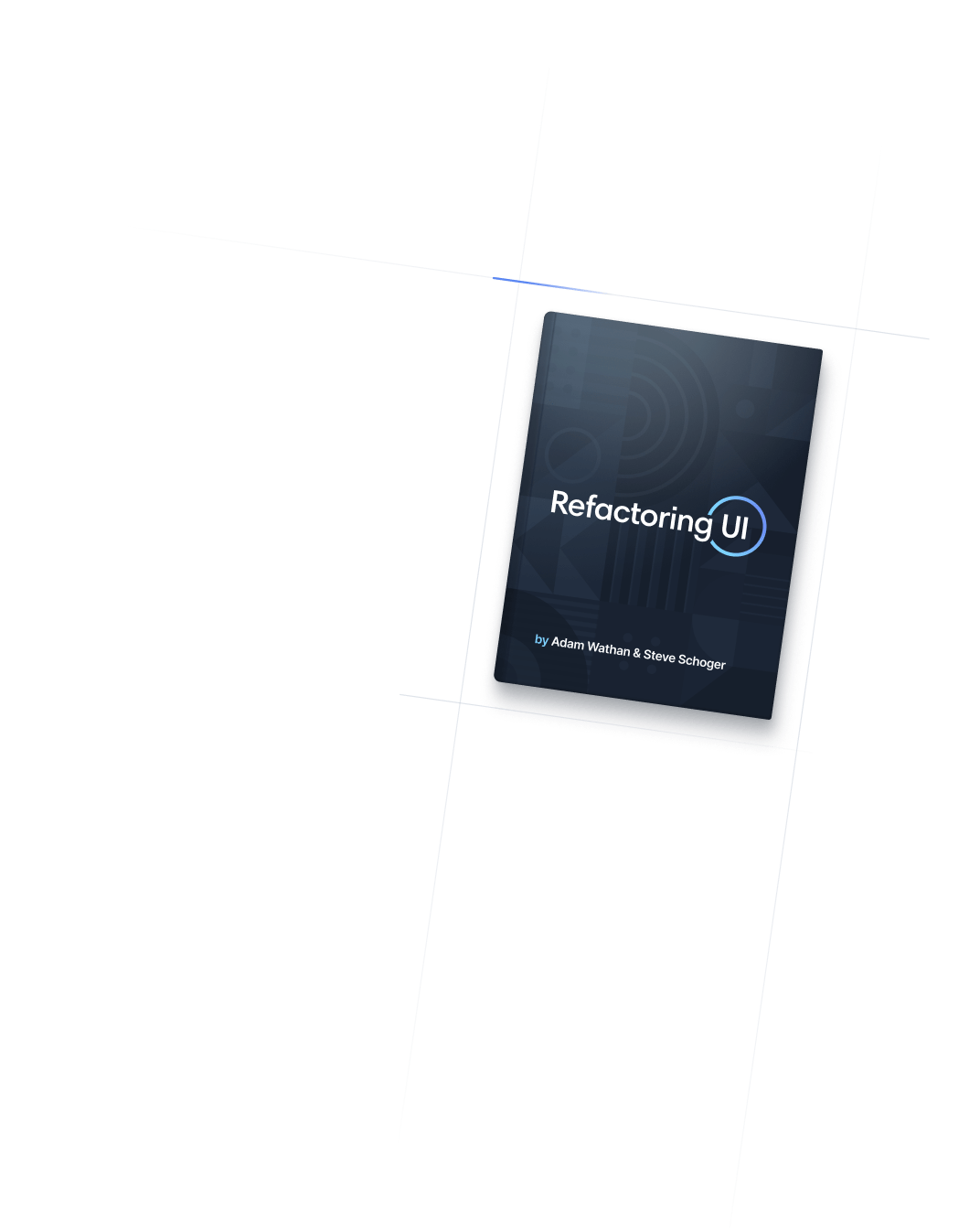
- Borders
- Border Style
Borders
Border Style
Utilities for controlling the style of an element's borders.
Basic usage
Setting the border style
Use border-* to control an element’s border style.
border-solid
border-dashed
border-dotted
border-double
<div class="border-solid border-2 border-indigo-600 ..."></div> <div class="border-dashed border-2 border-indigo-600 ..."></div> <div class="border-dotted border-2 border-indigo-600 ..."></div> <div class="border-double border-4 border-indigo-600 ..."></div><div class="border-solid border-2 border-sky-500 ..."></div> <div class="border-dashed border-2 border-sky-500 ..."></div> <div class="border-dotted border-2 border-sky-500 ..."></div> <div class="border-double border-4 border-sky-500 ..."></div>
No style
Use border-none to remove an existing border style from an element.
This is most commonly used to remove a border style that was applied at a smaller breakpoint.
<button class="border-none ...">Save Changes</button>Applying conditionally
Hover, focus, and other states
Tailwind lets you conditionally apply utility classes in different states using variant modifiers. For example, use hover:border-dotted to only apply the border-dotted utility on hover.
<div class="border-solid hover:border-dotted">
<!-- ... -->
</div>
For a complete list of all available state modifiers, check out the Hover, Focus, & Other States documentation.
Breakpoints and media queries
You can also use variant modifiers to target media queries like responsive breakpoints, dark mode, prefers-reduced-motion, and more. For example, use md:border-dotted to apply the border-dotted utility at only medium screen sizes and above.
<div class="border-solid md:border-dotted">
<!-- ... -->
</div>
To learn more, check out the documentation on Responsive Design, Dark Mode and other media query modifiers.

